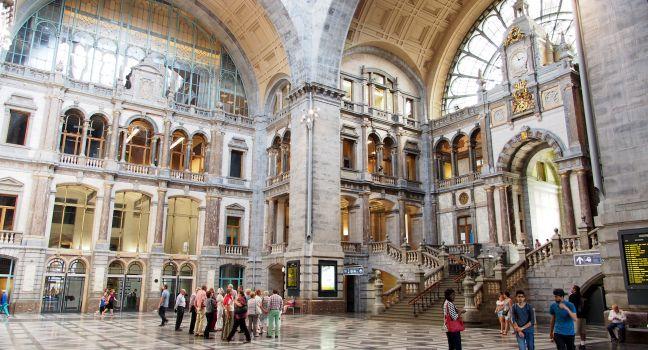Abdijsite Herkenrode
Around 5 km (3 miles) northwest from central Hasselt, the vast Herkenrode Abbey complex was founded more than 800 years ago as the first Cistercian monastery in Benelux. Over the centuries it became a site of pilgrimage, and it experienced periods of great conflict and prosperity, until the monastic order was abolished following the French Revolution. After years of neglect, the Flemish government bought 250 acres of the site and began a lengthy restoration project, partly financed by the sale of Herkenrode abbey beers—not brewed here, but available in the on-site shop and café. Inside, an audio-guided "Experience Center" recounts the site's turbulent past in a series of galleries. Behind the abbey, a meticulously planted Herb and Inspiration Garden covers 5 acres and contains 500 different species—divided by hedges into a series of peaceful small spaces, some with water features. Elsewhere, accessible without an entry ticket, do not miss "The Quiet View," a permanent artwork by the artist Hans op de Beeck—it's a stunning monochrome landscape diorama that makes ingenious use of mirrors to create a sense of infinite space.




